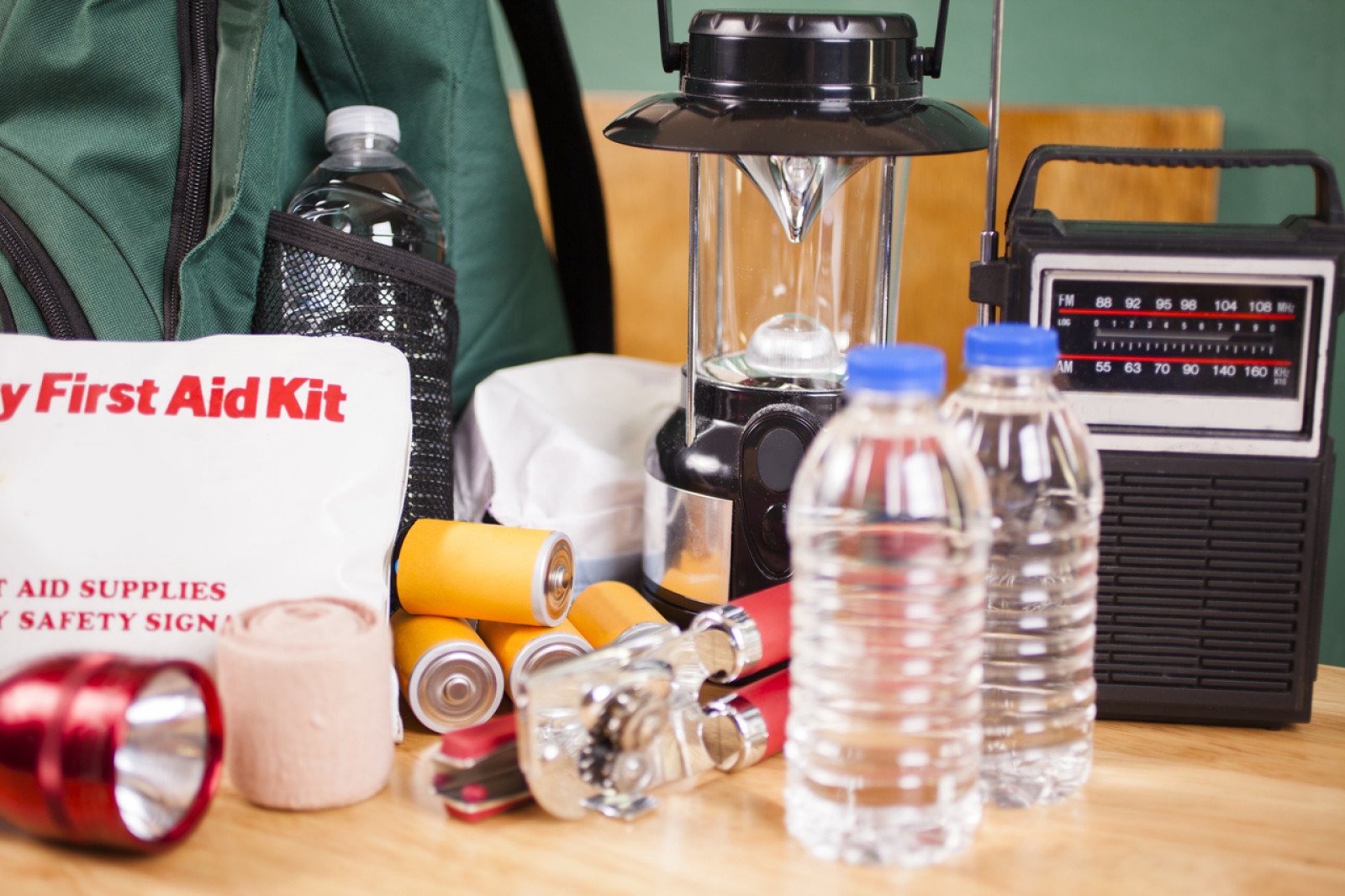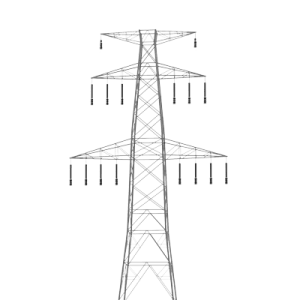Get prepared
Create a rainstorm, learn how to stay safe around downed power lines and guess what should go in a home emergency kit.

Overview
Use a drama activity to create the sounds of a rainstorm in the classroom. Imagine going outside after the storm and learn how to stay safe around downed power lines. Play a guessing game to teach students what goes in an emergency kit and have them do an activity at home with their family to get prepared for winter storms.
Instructions
What you'll need
- "Get prepared winter safety" slideshow
- “Get prepared! Winter safety” take-home activity
This activity can be done with everyone seated on the floor or at their desks/tables.
Create a rainstorm
- Explain that a rainstorm is coming – but don’t worry, it won’t last long – you’re going to make it happen as a class.
- Tell the class that you’re going to do an action and you want the students to copy you. Explain that the actions should spread from student to student. Have the students closest start copying you, then the students beside them, and continue until everyone is making the same sound, before changing to the next one. Students should keep making their sound until their neighbour changes actions, and then they should follow. Follow these actions in order:
- Rub hands together.
- Tap two fingers on the palm of your other hand.
- Clap your hands.
- Slap your thighs.
- Slap your thighs and stomp your feet.
- Slap your thighs.
- Clap your hands.
- Tap two fingers on the palm of your other hand.
- Rub hands together.
- Stop.
- Explain the storm has passed… but the lights are off and the power has gone out!
- We use electricity all the time, every day for all sorts of things like lights, computers, refrigerators, stoves and more!
- But now the power is out. Who has been in a power outage before? How do you know when the power’s gone out?
- You decide to go outside and play.
- The trees are dripping, the ground is wet and you look down the street.
- You see the power lines, that are normally held up in the air by power poles, have been knocked over by a tree that fell down. (Show slides 2 and 3 from the “Get prepared winter safety” slideshow.)
- Downed power lines are a dangerous situation, but luckily there’s an easy way to remember how to stay safe. It’s “Down. Danger. Dial.”
- If you see power lines down, you need to stay back the length of a big yellow school bus and have an adult call 911.
- You go home to tell an adult about the downed power line and pull out the emergency kit so you’re ready in case the power is still out when it gets dark.
What’s in your emergency kit?
Slides 4 to 10 from the “Get prepared winter safety” slideshow introduce students to items they need in an emergency kit. If you prefer, you can do the game with real items set up at the front of the class.
- Slide 4: What do you think should be in our emergency kits at home? Hear some ideas.
- Slide 5: Review the 10 key things you’d find in an emergency kit.
- Battery-powered radio
- Phone charger
- Whistle
- Extra clothing (sweater)
- Plastic bag
- Flashlight
- Non-perishable food (can)
- Water
- First aid kit
- Emergency plan (contacts, meeting place, etc.)
- Slides 6 to 10 each have one item missing from their emergency kit.
- Have students look at the picture and when they figure out what’s missing, they can raise their hand.
- Once most, or all, students have their hand raised, ask one of them to tell you what’s missing.
- Congratulate them on their skills of observation and being good detectives.
Get prepared! Winter safety take-home activity
- Explain that now they can be detectives at home and teach their families how to get prepared for power outages during the stormy winter season.
- Give each student a copy of the “Get prepared! Winter safety” take-home activity and review it with them.
- When they get home, look for things that use electricity with their family and draw them on the first page.
- Remind students to stay safe around downed power lines by remembering “Down. Danger. Dial.”
- Have them draw emergency kit items in the box at the top of page 2 to review with their families.
- Parents and guardians can follow the links provided at BC Hydro and PreparedBC to find a full list of what to pack in an emergency kit.
Modify or extend this activity
- Watch the BC Hydro safety video where Dave explains how far 10 metres is.
- Teach one of the other safety activities for elementary students found on Power Smart for Schools.
Curriculum Fit
Core competencies
Communication
- Communicating
Thinking
- Creative thinking
- Critical and reflective thinking
Personal and social
- Personal awareness and responsibilities
Grade 2, 3 Physical and Health Education
Big ideas
- Adopting healthy personal practices and safety strategies protects ourselves and others
Content
- Strategies and skills to use in potentially hazardous, unsafe or abusive situations
Curricular competencies
Social and community health
- Identify and describe avoidance or assertiveness strategies to use in unsafe and/or uncomfortable situations
Assessments
- Assess students’ participation in creating a rainstorm and guessing the items in the emergency kit.
Teaching Notes
We use electricity all the time for our lights, computers, appliances, heating, hot water, vehicles and more. Electricity is powerful and can be dangerous, so students need to learn to respect it and learn how to stay safe. Downed power lines can cause power outages, and with winter storm season approaching, it’s important for students to know how to stay safe around downed power lines and what to do at home to get prepared for power outages.
Down. Danger. Dial.
A downed line may be on the ground or caught in a tree. Wherever it lands, it can be a danger to yourself and others. Stay at least 10 metres (the length of a yellow school bus) away from the downed line and call 911 as soon as you can. Emergency services dispatch a team immediately to secure the area and will contact BC Hydro right away. Learn more about electrical safety here.
Power lines
Always look up and look down. Be aware of overhead and underground power lines. Overhead wires entering houses and buildings aren’t insulated and therefore can’t protect you from an electric shock. You don’t have to touch a power line to be shocked or electrocuted; if you come within three metres of a power line, the energy can arc (jump) towards you and take a path to the ground through your body. Stay back at least three metres from any power line. If a power line is down, stay back at least 10 metres and call 911.
See BC Hydro’s outages and safety for more information on electrical safety and power outages.
Power outages can be caused by power lines falling to the ground. Prepare for a power outage by putting together an emergency kit and developing a plan with your family. Make a list of local emergency contact numbers and purchase or prepare an emergency kit. Never use a portable generator indoors because carbon monoxide gas can build up and lead to death. The list of supplies for the emergency kit presented in the slideshow is a simplified list of key items. See BC Hydro’s outages and safety or PreparedBC for more information about hazards, being storm ready, emergency kits and emergency plans.







